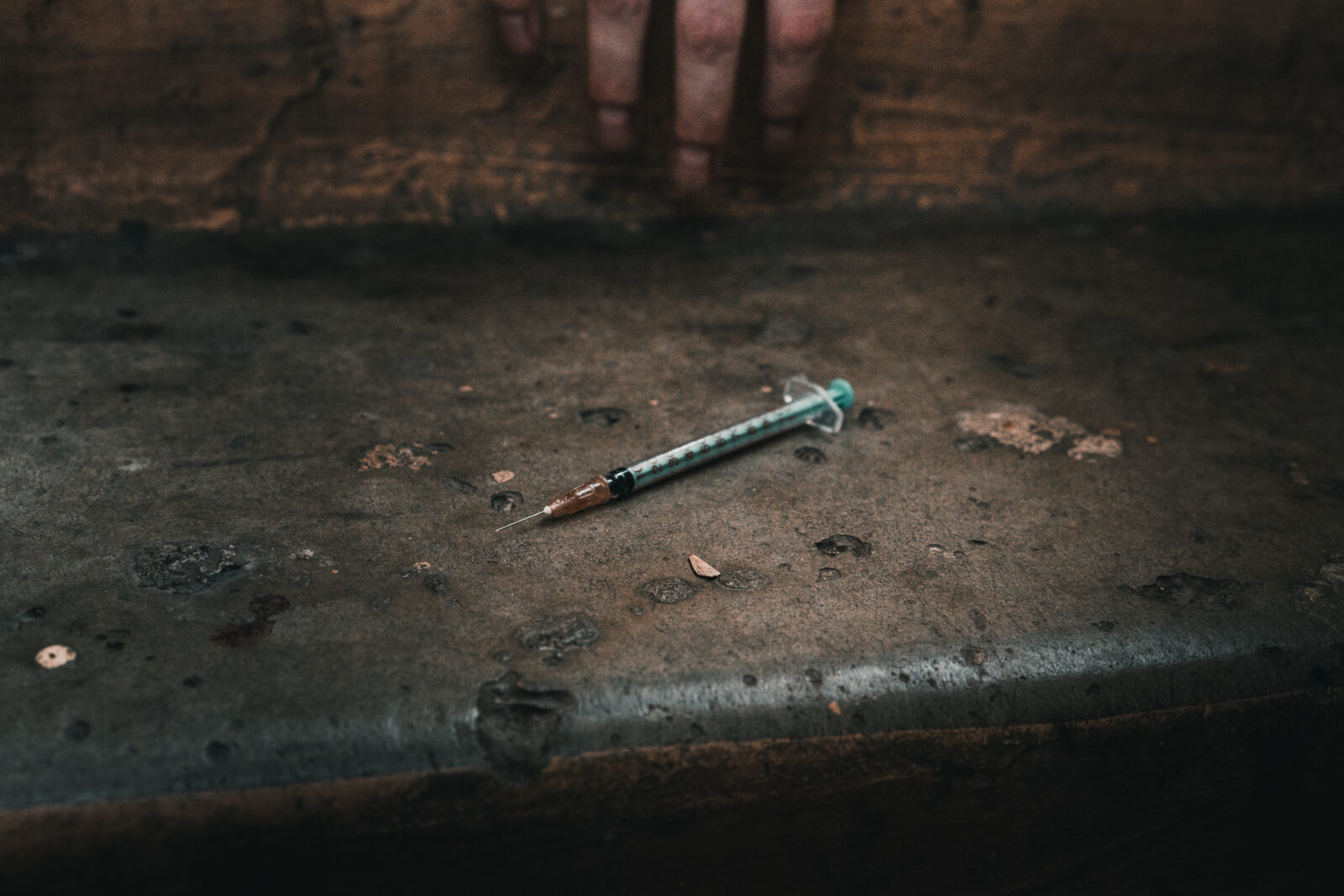I’ll return next week to describing the reforming felons I met at the Forge. This week I’ll mention another of my semi-retirement activities: chairing a small foundation, Zenger House, named after a crusading 1730s journalist, John Peter Zenger. Last week we gave our third annual set of Zenger Prizes to ten journalists for articles or podcasts that emphasize good street-level reporting and a willingness to see that all human beings have value. This means, among other things, not viewing homeless people as bums to be kicked (by those without mercy) or pandered to (by those without wisdom).
I mention that here because one of the winners we announced last week is Sam Quinones, for an article in The Atlantic updating his acute analysis of America’s drug crisis in Dreamland (2015) and The Least of Us (2021). Here’s what Quinones writes about fentanyl and methamphetamine: “This is the first time we’ve had two drugs that are this nationwide from one general source, which is the Mexican trafficking world.” And yet, Quinones learned that “people were very politically unwilling to talk about [how] these two drugs intersected with the issue of homelessness and mental illness.”
Quinones realized that fentanyl and meth “are major drivers, both of them, in our problems of mental illness and homelessness.” He found homelessness activists insisting that lack of affordable housing is “the only real reason why people were homeless. [Activists were] adamant, almost inquisitorial,” when Quinones talked about drugs: They responded, “You can’t say that. And if you do, you must be heretical.”
Quinones did not back off:
“I began to really dig into this and study it. And I began to realize… that we were now decriminalizing drug sales, which overall looked okay, maybe small amounts of drugs, that’s fine, except for when those drugs were methamphetamine and fentanyl, which are driving people to schizophrenia in the case of meth and to death very obviously, on the part of fentanyl. It did not seem to me that decriminalizing the stuff was at all wise, and certainly not compassionate, because it meant people just stayed on the street to use drugs and then die very quickly.”
His conclusion:
“These drugs are so potent, they’re so prevalent. They’re just relentlessly available… This requires a new way of thinking, [but] we were applying ideas conceived in the pre-fentanyl, pre-meth era to a radically different, profoundly changed drug panorama that’s now nationwide…. The [old] idea was that we’ll just leave ’em on the street long enough, and they will eventually come to their senses…. That did work for heroin, [but now] people were simply dying before they ever got a chance to develop that readiness for treatment.”
Quinones commented on the Los Angeles Department of Public Health’s “Reaching the 95” program: It has that name because 95% of the homeless people offered addiction treatment refuse it since “they’re terrified of being away from the drugs.” What to do? One side says don’t take away absolute freedom, even if it’s suicidal. The other side says or implies: Don’t intervene because society is better off without the addicts.
Quinones calls for a third way: law enforcement combined with “rethinking jail as a place of recovery. That is a radical idea, and people react very badly to that. [But jail is where] you can’t leave when the drugs tell you that you must. That is the huge benefit— blessing, really—that jail has in a time of widespread fentanyl and methamphetamine.” That’s a hard sell. Some jails are brutal. But over the years both Quinones and I have known ex-addicts who say they are alive only because they temporarily lost their freedom of action. They say they traded days of suffering for years of life.
Crucially, Quinones describes in his Atlantic article cities in Kentucky, Colorado, and Ohio where “jail is being redesigned as an opportunity for addicts and a long-term investment in recovery.” For example, the Kenton County jail in Kentucky has men’s and women’s addiction recovery pods with medication-assisted treatment — suboxone or naltrexone — provided to block cravings.
Quinones writes:
“Judges can order people into the recovery pod, or offer it as a chance for defendants to knock time off their sentences. Marc Fields, Kenton’s jailer, told me that plenty of people opt in hoping to game the system. But as their mind defogs, he said, many slowly find readiness for sobriety in a way they don’t on the street.”
Refugees coming to the U.S. from war zones often receive free housing for three months. Refugees from the drug wars could use the same — but if they’re still addicted, they’ll typically ruin the property and continue to ruin themselves.
Our Zenger House interview with Quinones, and the announcement of his Zenger Prize and those of nine other journalists, is at www.zengerhouse.com.

